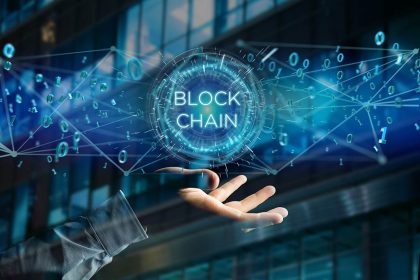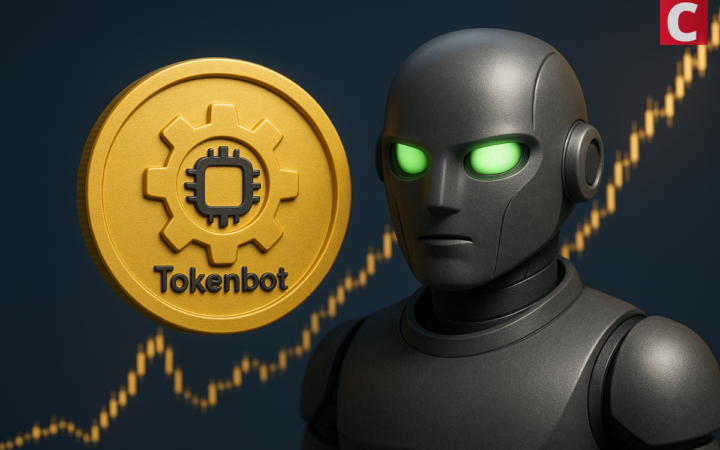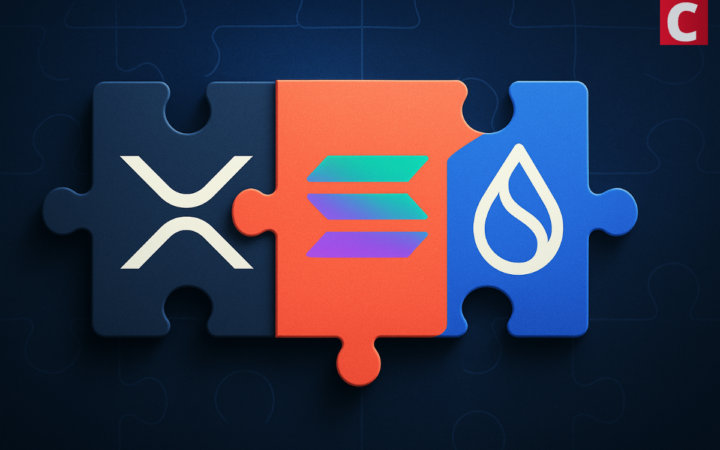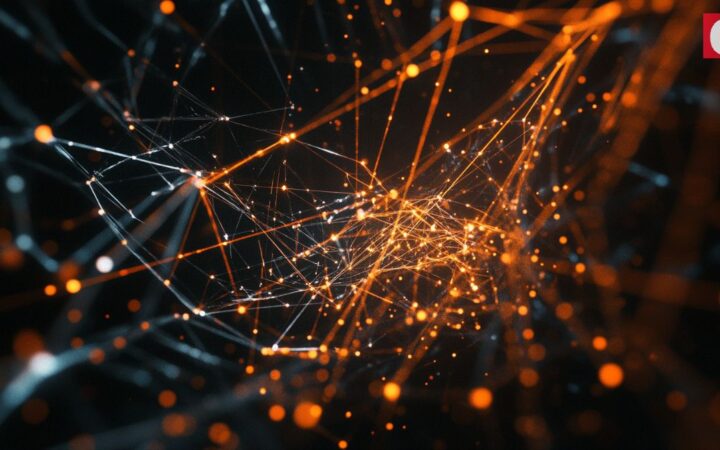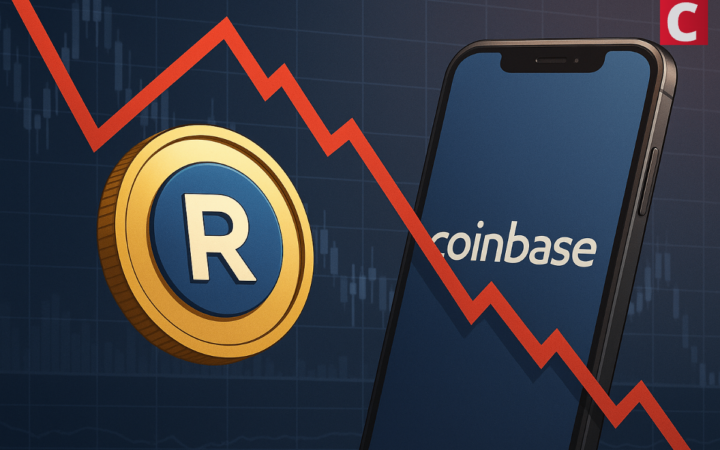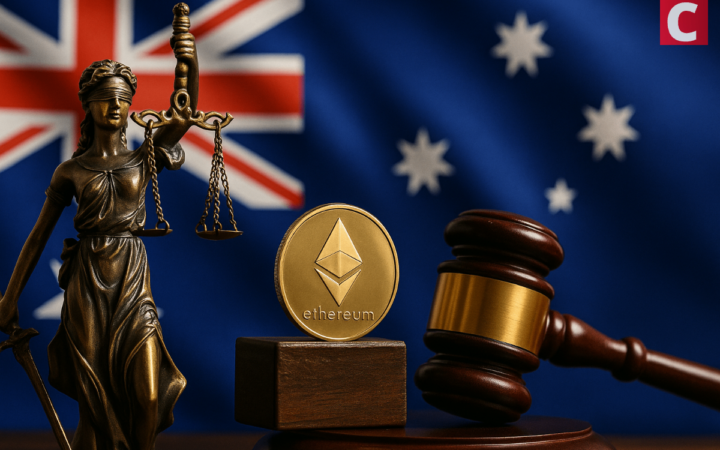This past week the European Blockchain Observatory and Forum released a report, written by Professor Dr. Tim Weingartner of Lucerne University, examining the current state of blockchain technology and its place in the emerging technological — and, by extension, cultural — landscape of the future.
The report is fascinating and has garnered some headlines for its qualified broaching of a subject that has drawn a wealth of scientific, philosophical, and popular speculation in recent memory; namely, the ascendance of artificial intelligence and its relationship to the blockchain and other transformative technologies currently restructuring the way we live our lives.
At Bytecoin we are acutely aware that the way things take shape in this race forward will be of tremendous import to not just our users, or the members of the larger crypto community, but to everyone whether they know it yet or not. I thought it would, therefore, be fitting to dedicate this space this week to an examination of the study and of blockchain’s potential as a protagonist in the incarnation of digital reality.
Digital Twin
The report starts by noting that over the past 20 years radical technological developments have been made that have fundamentally changed the way people live. Rather than merely improving or worsening life, the internet and the methods of exchanging information have created a new world to rival physical reality.
This new world, immaterial and subject to different laws of time and space, is inhabited by virtual representations of objects, ideas, and people from the physical world.
As this world becomes more defined, three elemental structures have emerged underpinning it. The first is the Internet of Things (IoT). As presented in the report, the IoT specializes in recognizing and tracking physical objects. The IoT makes use of cameras, microphones, and various tracking systems in order to empiricize virtual representation. In terms of perceivable phenomena, the IoT corresponds to the passive realm of the digital world that can be experienced via the senses.
While the IoT covers the things you take in and act upon by sensually experiencing them, there are also things that you experience when they act upon you. Robots, drones, and other automated actors are imbued with an additional quality that separates them from that which is experienced in its passive state in the IoT; these manipulators of experience correspond to the intellectual sphere of the digital world, they are preludes to the bloom of artificial intelligence.
Artificial intelligence is the active potential of the beings based in the digital world to experience phenomena for themselves and shape events.
The things (and the actions which become things in time) require an ever expanding amount of space to be stored. The storage process is the digital world’s recorded experience of time, its memory.
The Anxiety of Intelligence
There are a number of advantages that the digital world possesses over the material world. Distances in the digital world are not subjected to the same time and space measurements as their material counterparts, thereby making the transfer of information and goods exponentially more convenient.
Time itself is experienced differently by the inhabitants of the digital space. In a short time, digital reality has revolutionized the structure of the modern world, and it is only projected to grow in its importance and size. The question that faces us is: what happens when the digital world supersedes the material?
According to the report, blockchain technology is a means of ensuring faithful representation of physical entities and physical value in the digital world. Because of blockchain’s reliability, distribution capabilities, and features of value, the blockchain can serve as the authoritative link between the two worlds.
It is hard to escape, even in scientific writing on the subject, the eschatological implications that the transition from material to digital presents. The impending dawn of a new era, ushered in by the moment in which artificial intelligence can sustain and build upon itself, independent of man, has been referred to as the singularity.
In philosophical writing on the subject, the singularity is the moment that the world that man has built leaves him behind. While it is not necessarily a doomsday scenario, it would constitute a radical change in what it means to be a human. Digital accelerationists, from different sides of the political spectrum, look forward to this kind of event as a transcendent point when a man can rid himself of the outdated political and social systems that are no longer worthy of him.
What seems increasingly likely is that the ascendance of digital reality, if it is managed reasonably, will result in an abundance of goods and a depletion of labor.
The prospect that man will no longer have to eat by the sweat of his brow has imbued some theorizing about the changes the ascendance will bring with a Joachimite-like yearning for the dawn of a new age of transcendence beyond the material. There is now even a religion devoted to AI and the changes it will bring once fully realized.
The report from the European Blockchain Observatory Forum, if relatively sober, is of a similar mind:
The explosive development of the digital world and its influence on our daily lives cannot be stopped….Since the digital world has different “physical laws” regarding time, location, size, resources, etc. the Digital Twin is much more powerful than its physical original. Today the Digital Twin is primarily used in a passive way. It is observed and used as a blueprint for the physical object. In future [sic] it will operate more and more actively.
According to the report, blockchain has the capability of linking us to digital reality in a way that preserves meaning. As the boundaries between the material world and the digital world blur and the digital world takes precedence, the blockchain, like a digital Noah’s Ark, can transpose our reality on to what comes and preserve all the things worth preserving.
Our existence in the reality that is coming will be dependent on establishing methods of trust between the material and digital. According to the report, blockchain and, specifically, tokens will be essential to our success:
In this world, trust will have a crucial meaning. Trust in content, trust in identity, trust in ownership, trust in authenticity, and trust in truth. Blockchain technology can be used to enable and ensure this trust on a protocol level.
Tokens will have an important role in this ecosystem since they represent physical assets in the digital world and enhance them with functionalities. Tokens will embody the aspect of identity and value in the protocol.
One thing that is not mentioned here is privacy. Should such a vast transformation occur, as laid forth in the report, individual privacy will be at risk like never before. Blockchain must also be utilized as a means of protecting the rights of the individual.
Disclaimer: Coinspeaker is committed to providing unbiased and transparent reporting. This article aims to deliver accurate and timely information but should not be taken as financial or investment advice. Since market conditions can change rapidly, we encourage you to verify information on your own and consult with a professional before making any decisions based on this content.

Max was born at the end of 80s in Frankfurt, Germany. He studied engineering and telecom at university, and had internships in the US and UK. At the same time he was coding on the side in С++ and scripting languages. After entering the Bytecoin team in 2016 as an technical support engineer, he rose through the ranks and now works as an integration engineer. Max is collecting vintage gaming consoles and loves English literature.
